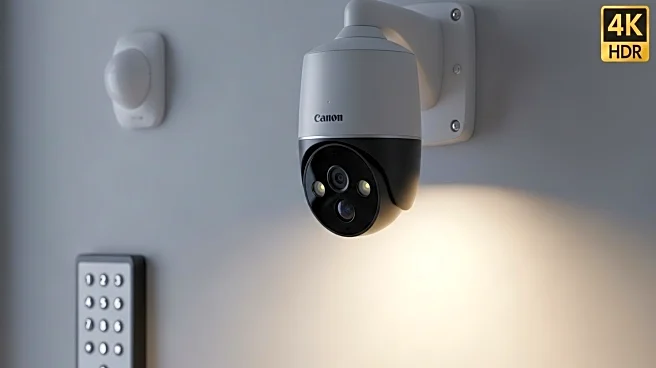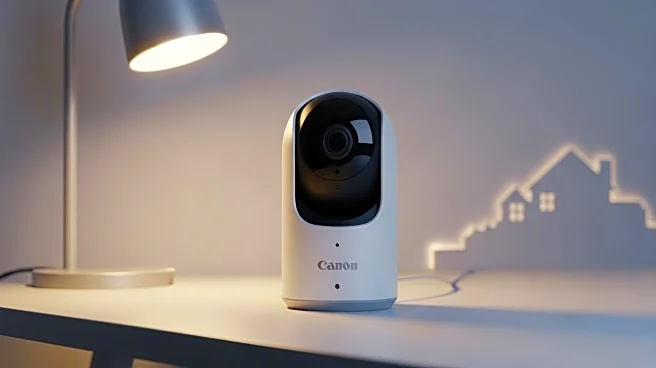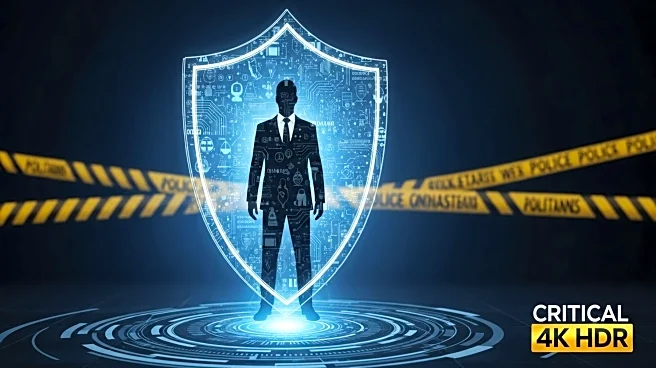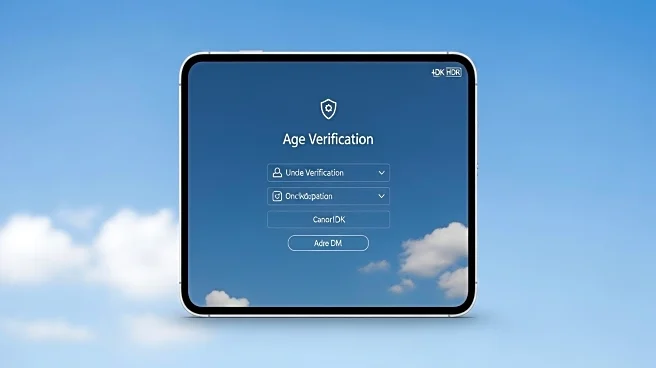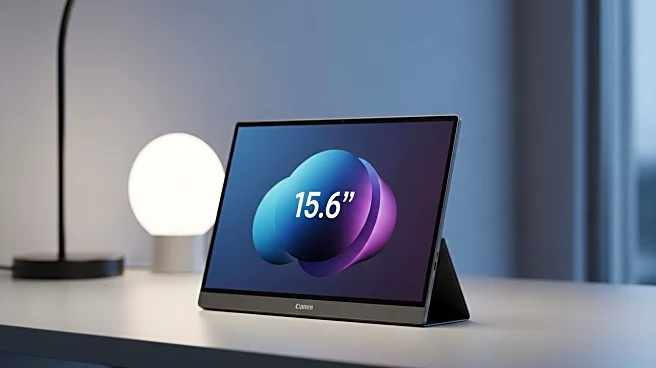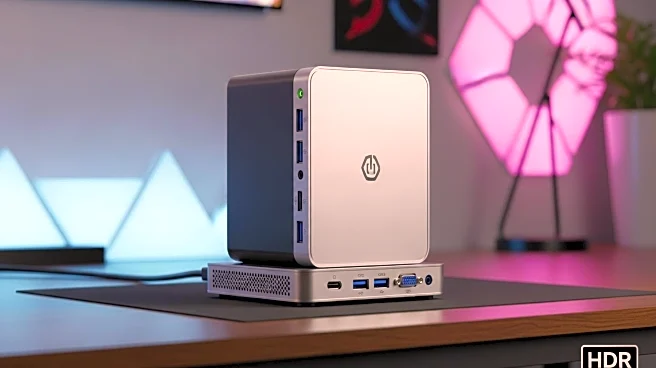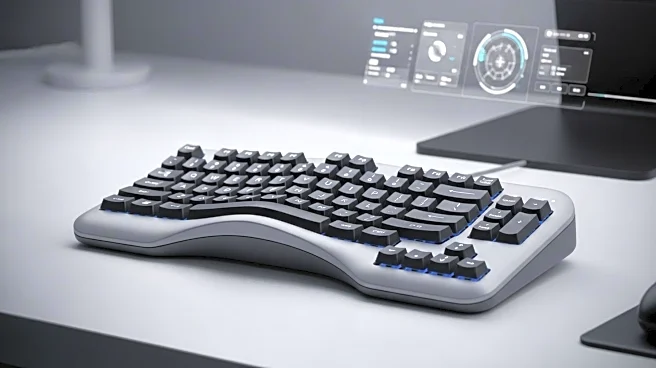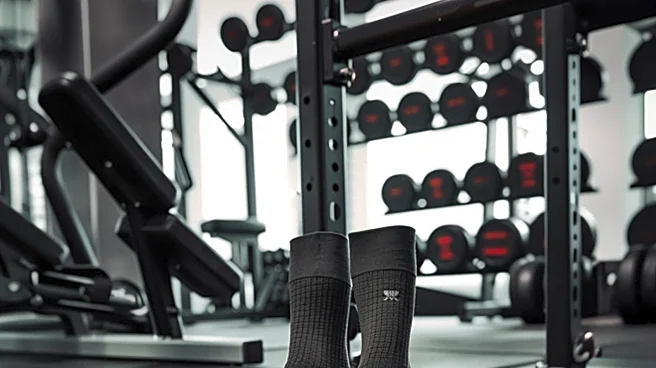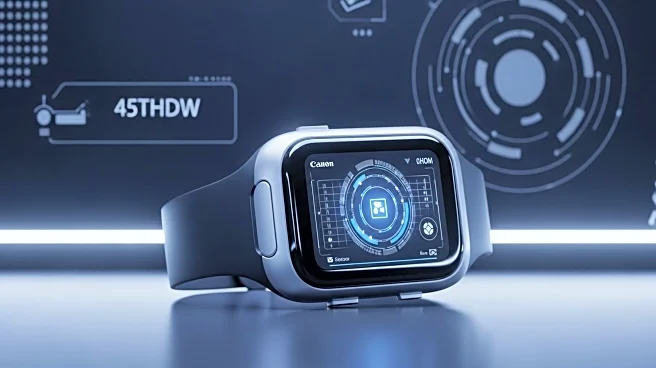What's Happening?
Home security systems are increasingly incorporating smart technology, offering a wide array of features. However, not all components are necessary, and some may be redundant. Motion detectors, for example, are often less reliable than access sensors. Similarly, proprietary smart locks may lack functionality compared to third-party options. Consumers are advised to focus on essential features like access sensors and compatible security cameras, while avoiding unnecessary add-ons like touchscreens and panic buttons.
Why It's Important?
As smart home technology evolves, consumers face choices about which security features are truly beneficial. Understanding the functionality and reliability of different components can lead to cost savings and more effective security solutions. By prioritizing essential features, homeowners can enhance their security systems without overspending on redundant or less effective technology. This approach ensures a balance between innovation and practicality in home security.
Beyond the Headlines
The proliferation of smart home technology raises concerns about privacy and data security. As security systems become more interconnected, ensuring the protection of personal information is crucial. Additionally, the reliance on proprietary technology may limit consumer choices and lead to compatibility issues. Advocating for open standards and third-party integrations can enhance consumer flexibility and security.
